Advertisement
There’s something quietly heartwarming about a mechanical tail wagging in response to a human touch. No barking, no shedding, no need for a walk—yet it comforts like the real thing. That’s the charm behind the robotic puppy that's recently taken center stage in senior care. Designed specifically for older adults with dementia, this small bundle of synthetic fur has done more than just wag its way into the hearts of families—it’s convinced investors to get on board, too, raking in a stunning $6.1 million in funding.
This isn’t your average tech gadget. It’s not loaded with flashing screens or complex voice commands. What it brings to the table is much simpler, and arguably more important: calm, routine, and a soft companion for those whose memories have started to fade.
At first glance, the robot puppy doesn't seem all that different from one you'd see in a kid's toy department. But watch for a few minutes as it reacts to being touched, how it tips a little to one side when held, and how its gentle eyes blink slowly as if to tell someone that they're noticed—and the distinction is clear.

The creators focused on predictability. Seniors with dementia often struggle with overstimulation, so the dog avoids any sudden movements or loud sounds. It doesn’t try to talk, doesn’t play music, and doesn’t light up in bright colors. Instead, it sticks to a short list of cues—tail wags, head tilts, gentle vibrations—that create the illusion of presence without creating confusion.
Even the texture matters. The fur was tested for softness that mimics real pets. Its size was carefully chosen to fit comfortably in a lap without overwhelming. Small details like that might sound trivial, but for someone who no longer understands why the world feels different, they can mean everything.
Ask a caregiver what the toughest part of dementia is, and chances are you'll hear about agitation. Some days, it shows up as pacing. Other days, there are outbursts. Often, there's nothing to "fix"—just moments where someone feels lost and frightened, and no one can talk them down. That's where the robotic puppy quietly comes in.
Studies have shown that touch-based therapy and routine-focused environments help reduce anxiety in people with cognitive decline. This puppy doesn’t attempt to replace human caregivers. What it offers is something more passive and continuous: a distraction, a gentle rhythm, a repetitive loop of cause and effect that feels safe.
In practice, seniors tend to cradle it during naps, stroke it during moments of restlessness, or talk to it during quiet evenings. It doesn’t interrupt. It doesn’t judge. It’s simply there.
Some facilities have even reported measurable drops in the use of mood stabilizers after introducing the robotic puppy. While it's not a replacement for medication or therapy, it becomes part of a broader toolkit—one that focuses on comfort, not correction.
What makes investors throw millions behind a plush pup with a battery pack? The answer lies not in flash but in function. The company behind this robotic puppy understood that success wasn’t going to come from adding more features—it was about subtracting the ones that didn’t serve the purpose.
The $6.1 million round came from a mix of health-tech funds, eldercare investors, and social impact supporters. Each one saw a future where aging populations grow, memory-related conditions increase, and the need for low-maintenance solutions becomes more urgent. That’s not a guess—it’s a trajectory supported by demographic data and care facility feedback.
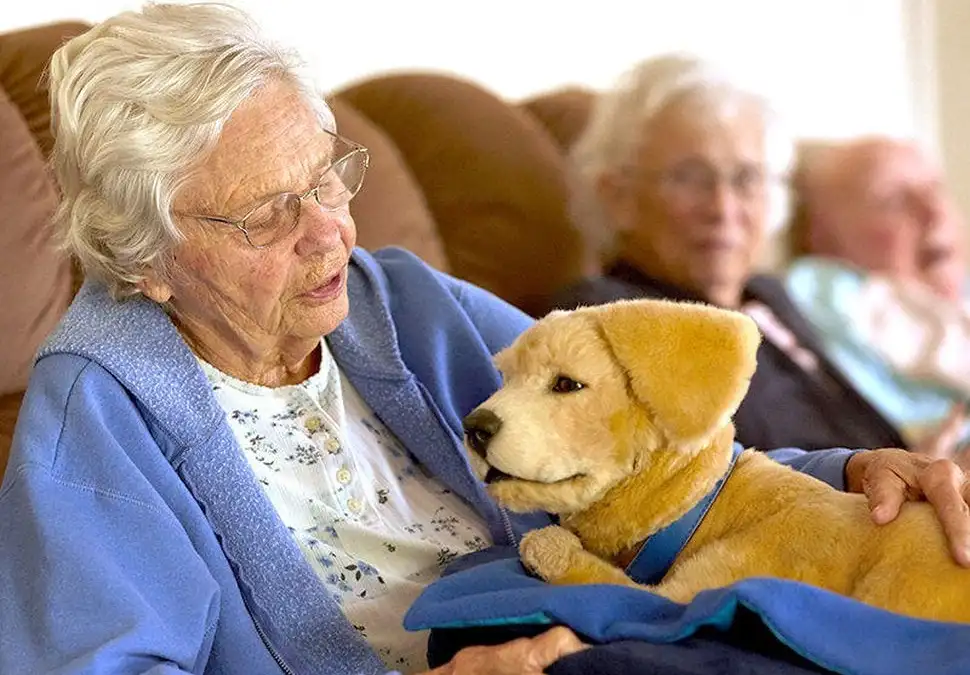
But the puppy isn't just for nursing homes. It's been gaining traction with in-home caregivers, too. For families dealing with early-stage dementia or post-diagnosis emotional shifts, the puppy offers a layer of relief that’s both noninvasive and emotionally meaningful.
With the new funds, the company plans to scale production, expand distribution, and refine its existing model with feedback from real-world use, not with bells and whistles, but with deeper simplicity.
While the puppy doesn’t require an instruction manual, integrating it into daily care works best with a little structure. Here's how families and caregivers often bring it into everyday routines:
Start during a quiet moment. No need to explain or prepare—just let the senior discover the puppy on their own terms. Some will reach for it immediately, others may take days. There's no rush.
Place the puppy on a familiar chair or bed each day. Over time, it becomes part of the setting, like a favorite blanket or pillow. The predictability helps build trust.
During moments of restlessness or confusion, offer the puppy without forcing it. Often, the simple act of holding it can slow down pacing or ease tension in the shoulders.
Some seniors prefer the puppy in their lap, while others like it near their pillow. It's not about how it's "supposed" to be used. Pay attention to where it works best and go with that.
Yes, it’s a robot, but it’s still washable. Most designs have removable covers or wipe-down surfaces. Keep it fresh, but don’t treat it like fragile tech—it’s meant to be handled.
At its core, the robotic puppy taps into something very old: the comfort of having something soft and kind nearby. It doesn’t need to understand words or perform tricks. It just needs to be there. And that’s exactly what it does—quietly, reliably, and now with the backing of millions who believe in its gentle impact. For families navigating the often uncertain waters of dementia, that’s not just innovation. That’s peace of mind, wrapped in fur and powered by care.
Advertisement
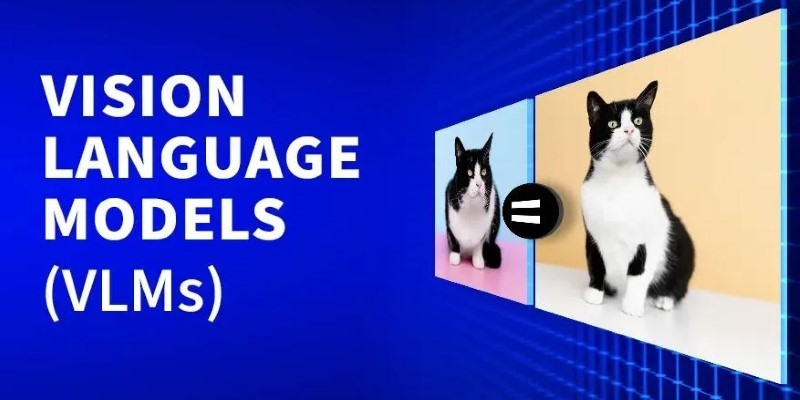
How vision language models transform AI with better accuracy, faster processing, and stronger real-world understanding. Learn why these models matter today

Artificial intelligence accurately predicted the Philadelphia Eagles’ Super Bowl victory while a quantum-enhanced large language model launched, showcasing AI’s growing impact in sports and technology

How MobileNetV2, a lightweight convolutional neural network, is re-shaping mobile AI. Learn its features, architecture, and applications in edge com-puting and mobile vision tasks
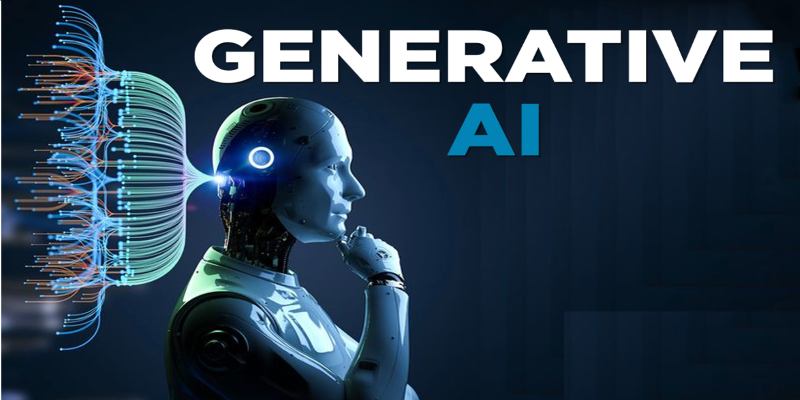
Explore the top 11 generative AI startups making waves in 2025. From language models and code assistants to 3D tools and brand-safe content, these companies are changing how we create

How Amazon is using AI to fight fraud across its marketplace. Learn how AI-driven systems detect fake sellers, suspicious transactions, and refund scams to enhance Amazon fraud prevention

Discover how AI in the construction industry empowers smarter workflows through Industry 4.0 construction technology advances

Discover 26 interesting ways to use ChatGPT in daily life—from learning new skills and writing better content to planning trips and improving productivity. This guide shows how this AI tool helps simplify tasks, boost creativity, and make your workday easier
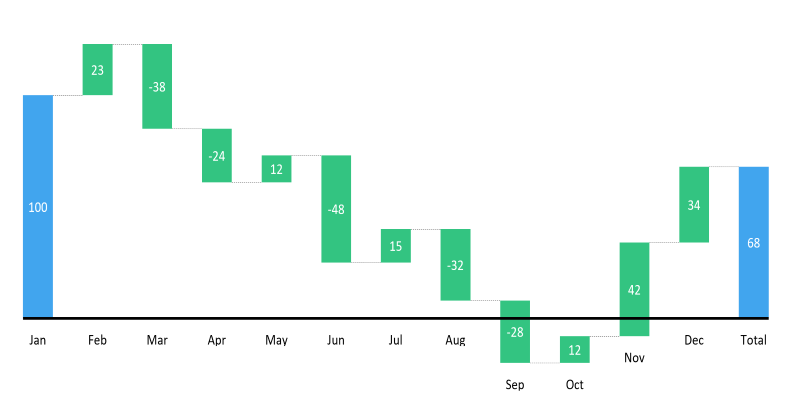
Learn how to create a waterfall chart in Excel, from setting up your data to formatting totals and customizing your chart for better clarity in reports

Beginner's guide to extracting map boundaries with GeoPandas. Learn data loading, visualization, and error fixes step by step
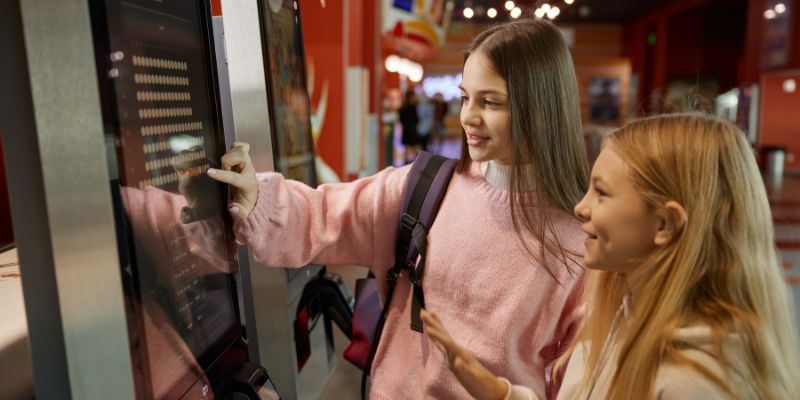
Learn how to use ChatGPT for customer service to improve efficiency, handle FAQs, and deliver 24/7 support at scale
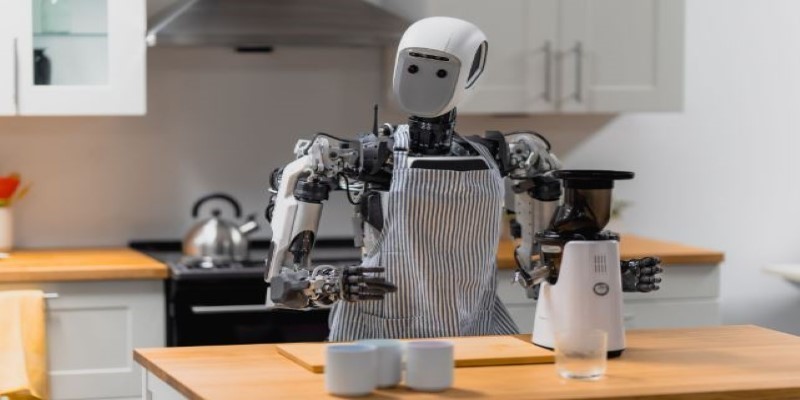
A company developing AI-powered humanoid robots has raised $350 million to scale production and refine its technology, marking a major step forward in humanoid robotics

How the Vertex AI Model Garden supports thousands of open-source models, enabling teams to deploy, fine-tune, and scale open LLMs for real-world use with reliable infrastructure and easy integration